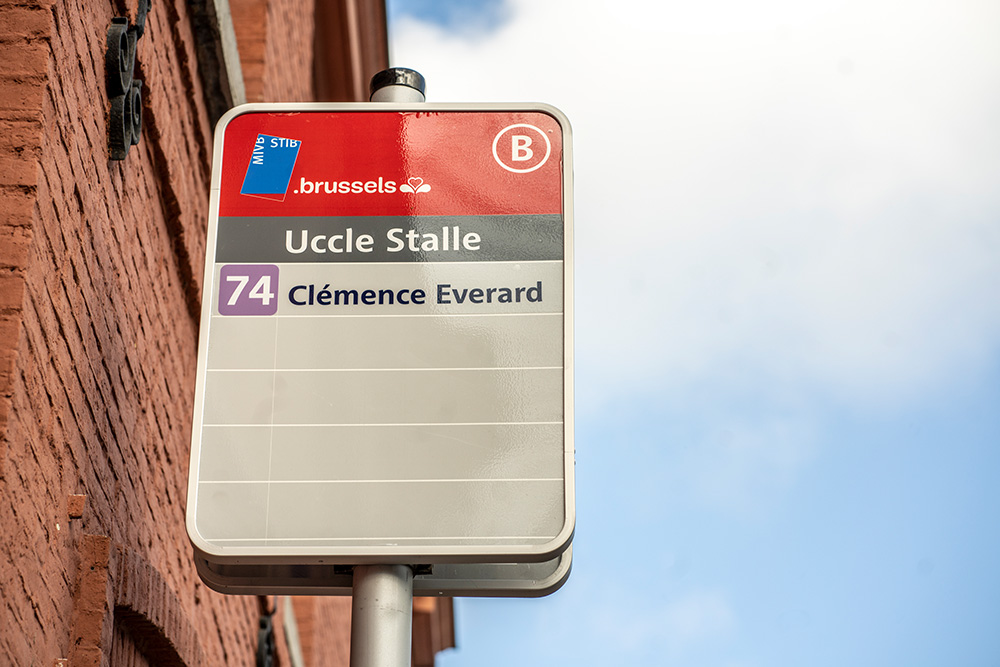While it is certainly essential to invest in the network of tomorrow, the STIB does not forget to take care of its network of today. Tram tracks, depots, buildings: the STIB's infrastructure is maintained and regularly renovated to ensure its longevity and constantly improve passenger comfort. The same is true for the stations, which are owned by the Region and are being successively renovated for the benefit of STIB customers.
This year, the STIB replaced 16.7 kilometres of tram tracks. Most of the time, these worksites were also an opportunity for the Region and the municipalities to rethink the road system and promote soft mobility. The metro stations are also undergoing a vast renovation programme by Brussels Mobility to refurbish them and, above all, improve their accessibility.
The STIB has a lot of buildings for its staff, its vehicles and... its rails. The Usine centrale, part of Brussels' industrial heritage, now houses the STIB's rail-making workshop. Its refurbishment began in 2021.
The implementation of appropriate road infrastructures is essential to ensure the smooth running of the buses. Thanks to the various improvements made in recent years, bus line 71, the busiest bus line in the STIB network, is not only faster, but also more reliable.


